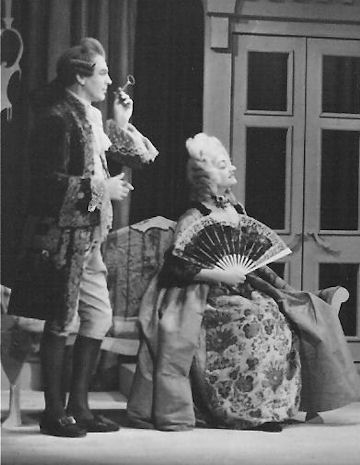Cast:
Diana Benn, Doreen Coates, Harry Collinson, Peter Curtis, Henry Heilpern, John Hitches, Vera Lovelock, Peggy Marshall, Irene Pierions, Rena Rice, Denis Robinson, Michael Segal, Wilfrid Sharp, Richard Topps, Frank White
Production Team:
R Bolt, Miriam Davis, Margaret Davis, Mary Dean, Peter Ellis, Dennis Fisher, C Golding, Gerry Ishenthal, Rena Rice, Muriel Russell, Abraham Asseo, Marion Voce |

